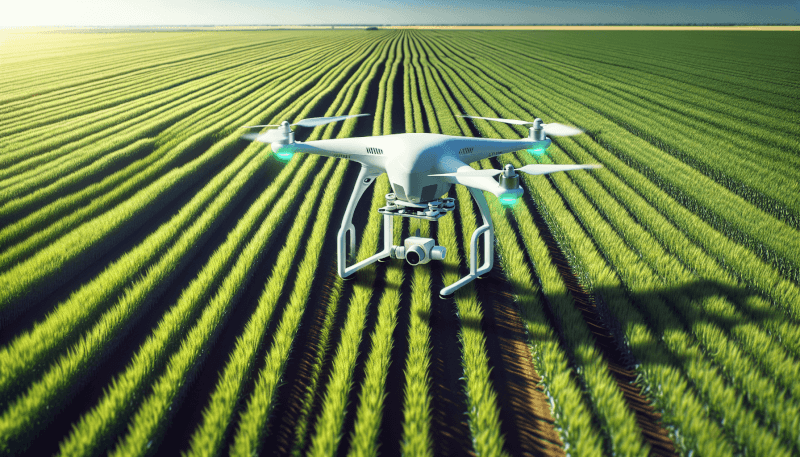Imagine a world where farmers are able to monitor crop health, detect pests, and assess their irrigation needs from the comfort of their own homes. Thanks to advancements in drone technology, this dream is becoming a reality. In this article, we will explore the ways in which drones are revolutionizing the agriculture industry, from improving efficiency and accuracy to reducing costs and increasing yields. Get ready to experience the incredible impact of drone technology on modern farming practices.
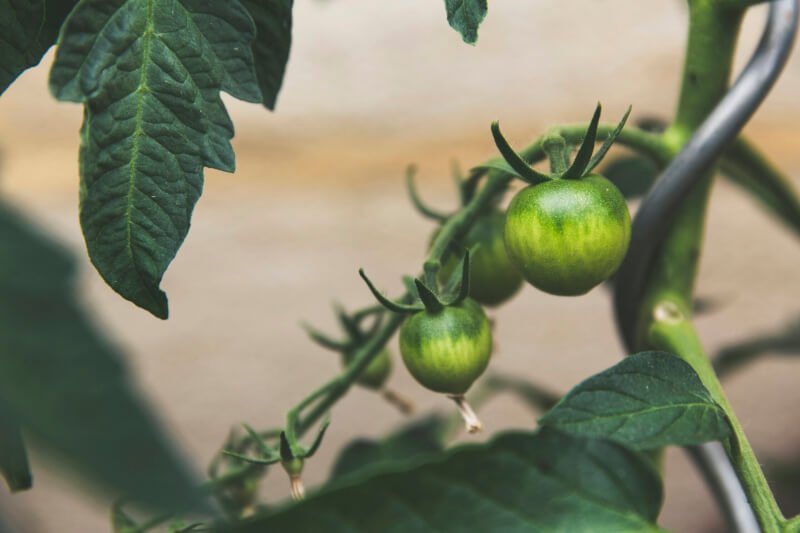
Improved Crop Monitoring
With the advent of drone technology, crop monitoring has taken a giant leap forward. Real-time aerial imagery provided by drones allows farmers to have a bird’s eye view of their fields, identifying areas of concern and taking necessary actions promptly. This real-time data helps in detecting crop health issues early on, enabling farmers to address them before they become major problems. Drones also contribute to mapping the entire field accurately, providing a comprehensive picture of the crop’s condition and growth patterns.
Precision Agriculture Practices
Drones play a crucial role in implementing precision agriculture practices. By accurately applying pesticides and fertilizers, drones ensure that the crops receive the required nutrients and protection without wastage. This targeted approach not only maximizes the effectiveness of these inputs but also minimizes the impact on the environment. By reducing resource wastage, drones contribute to a more sustainable approach to farming, leading to enhanced yield and cost efficiency for farmers.
Efficient Water Management
Water is a critical resource in agriculture, and efficient water management is essential for sustainable farming. Drones help in identifying the irrigation needs of crops by gathering data on soil moisture levels and plant stress. This information enables farmers to make informed decisions regarding irrigation, ensuring that the crops receive the right amount of water at the right time. Additionally, drones aid in drought monitoring, alerting farmers to areas of the field that may require additional attention. By minimizing water usage, drones assist in conserving water resources and promoting responsible farming practices.
Crop Spraying
Crop spraying is a crucial aspect of farming, as it helps in controlling pests and diseases that can harm crop yields. Drones offer rapid and precise application of chemicals, ensuring that the right amount of spray is delivered to each targeted area. This targeted spraying approach not only saves time and effort but also reduces the risk of soil compaction caused by heavy machinery. Furthermore, drones reduce human exposure to harmful substances, as they can operate in areas where it may be unsafe for workers. By revolutionizing crop spraying practices, drones contribute to improved crop health and sustainable pest control.
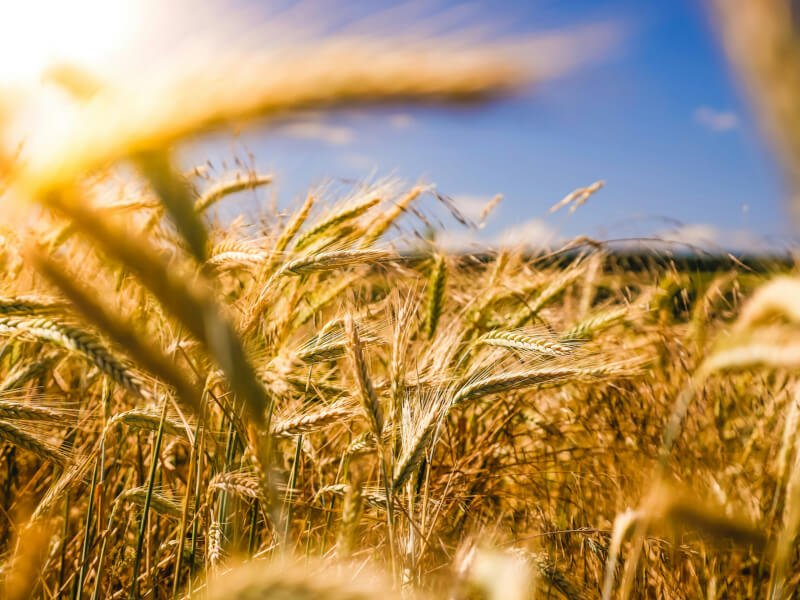
Planting and Seeding
Precise distribution of seeds is essential for optimal crop growth, and drones excel in automating and accurately distributing seeds. With the help of advanced technology, drones can distribute seeds in predetermined patterns, optimizing spacing and density. This ensures better seed-to-soil contact, leading to improved germination rates and ultimately higher crop yields. By enhancing planting patterns, drones bring efficiency and precision to the planting process, setting the stage for successful crop growth.
Livestock Monitoring
In addition to crop monitoring, drones also play a crucial role in livestock management. Drones can count and track livestock, enabling farmers to have an accurate inventory of their animals. This information is valuable for planning and decision-making, such as determining the appropriate amount of feed or identifying missing animals. Drones also assist in monitoring the health conditions of livestock, allowing farmers to detect any signs of illness or distress early on. By providing real-time data on livestock, drones contribute to effective and efficient livestock management.
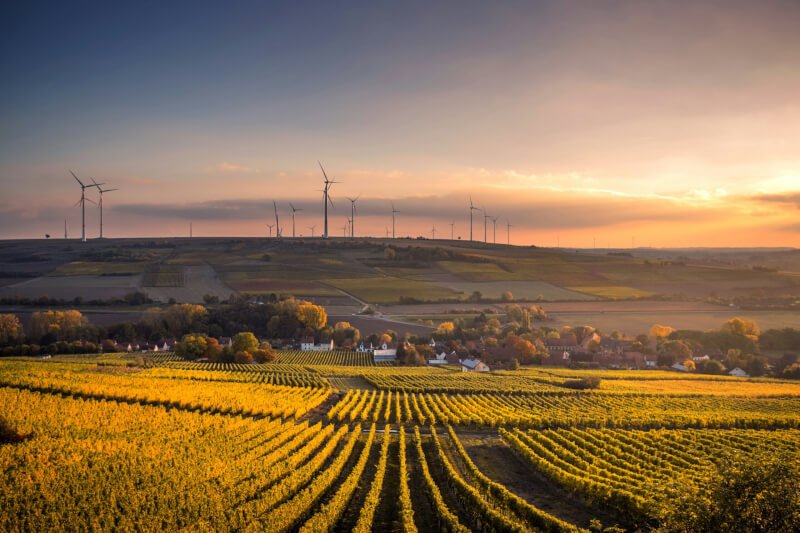
Weed and Pest Control
Weeds and pests pose significant threats to crop health and yield. Drones equipped with advanced imaging technology can identify and classify weeds, helping farmers to precisely target affected areas for spraying. This targeted approach not only reduces the dependence on chemical pesticides but also minimizes the impact on beneficial organisms and the environment. By revolutionizing weed and pest control methods, drones offer a more sustainable and effective solution for crop protection.
Data-Driven Decision Making
One of the greatest benefits of drone technology in agriculture is the ability to collect and analyze field data. Drones equipped with sensors and cameras gather valuable information about crop health and growth patterns. This data can be further analyzed using advanced algorithms to identify patterns and make predictions about future crop performance. With this data-driven approach, farmers can optimize their management strategies, making informed decisions about irrigation, fertilization, and pest control. By harnessing the power of data, drones empower farmers to maximize their productivity and profitability.
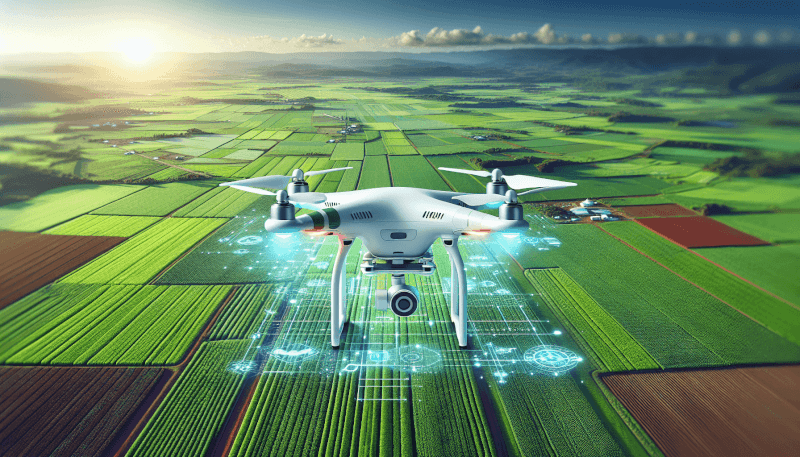
Crop Health Assessment
Drones equipped with infrared and multispectral imaging capabilities can assess crop health with great precision. By analyzing the reflected light from crops, these drones can detect diseases or nutrient deficiencies at an early stage, even before visible symptoms appear. This early detection allows farmers to take targeted measures to mitigate the issue, such as applying specific treatments to affected areas. Prescription maps generated by drones provide farmers with valuable insights into the precise areas that require treatment, optimizing resource utilization and crop health.
Crop Insurance and Risk Assessment
Crop insurance is a crucial aspect of risk management for farmers. Drones contribute to accurate crop health and value evaluation, providing detailed information about the condition of the crops. This information enables insurance companies to assess potential risks and damages accurately, leading to more accurate insurance claim settlements. By leveraging drone technology for crop insurance and risk assessment, farmers can have peace of mind knowing that their investments are protected.
In conclusion, drone technology is revolutionizing agriculture by providing real-time aerial imagery, enabling improved crop monitoring and identification of crop health issues. Precision agriculture practices, made possible by drones, ensure accurate application of pesticides and fertilizers, reducing resource wastage and enhancing yields. Drones also aid in efficient water management, crop spraying, planting and seeding, livestock monitoring, weed and pest control, data-driven decision making, crop health assessment, and crop insurance and risk assessment. With their ability to gather and analyze field data, drones empower farmers to make informed decisions, optimize their farming practices, and ultimately achieve greater productivity, profitability, and sustainability.
